Experience in Phnom Penh, Cambodia by Samath
What is it like to live in Phnom Penh? Would you recommend it? What is the city like?
Phnom Penh is a capital city of Cambodia situated at the confluence of the beautiful rivers, the Mekong, Tonle Sap and Bassac. Phnom Penh is the political, commercial and cultural spot in which there are more than one million people (1. 3 Million) living. It is adventure place to an exotic land, the world heritage site and cultural, historical and religious attractions such as Wat Phnom, Royal Palace, National Museum…, etc.
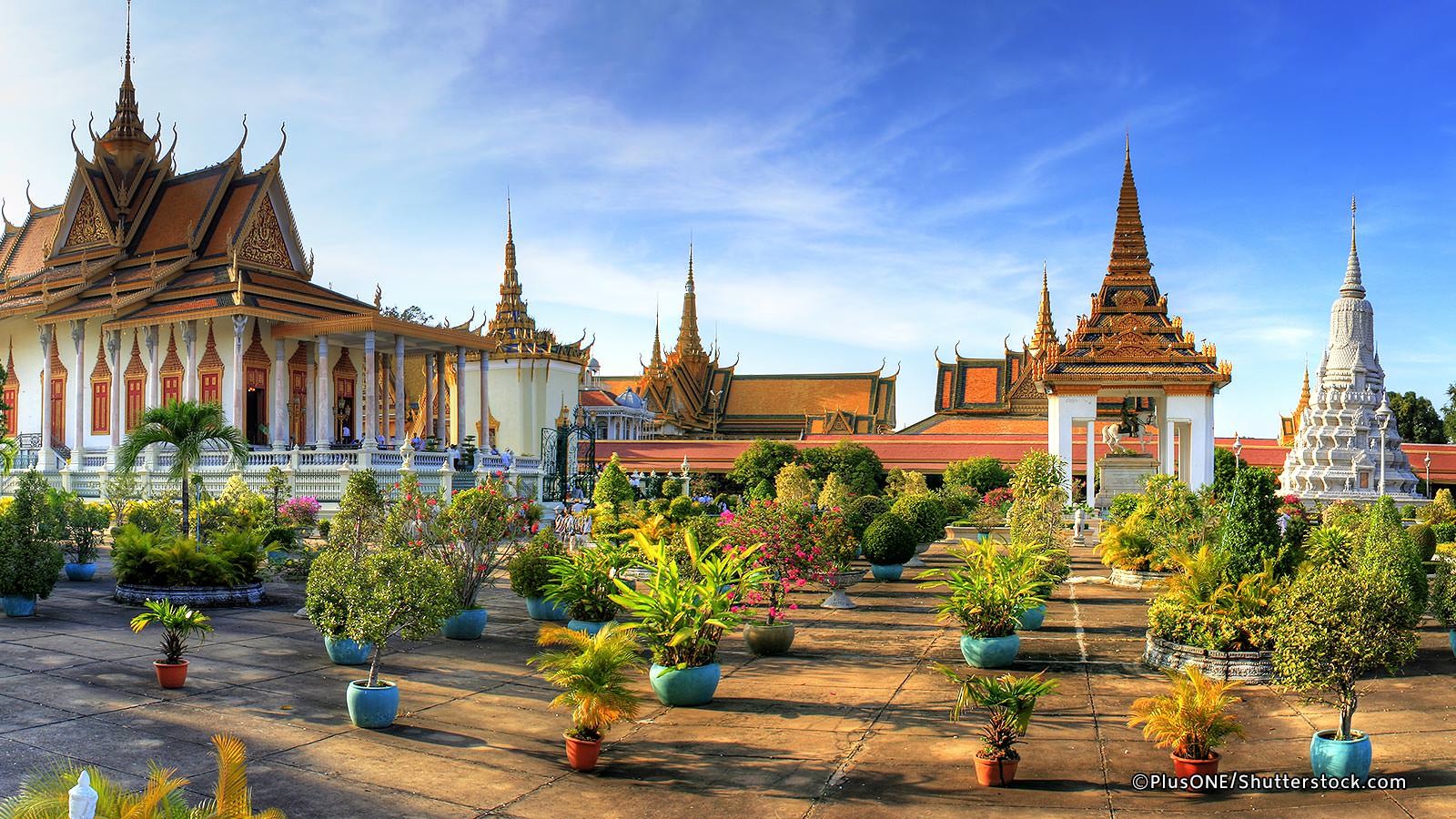
While, climate is dominated by monsoons, which are known as tropical wet and dry. Phnom Penh has a temperature range from 21 to 35 °C (69. 8 to 95 °F).
There is no much public transportation in Cambodia. Most of people have their own vehicle. There are take taxi, motor taxi and three vehicle-taxis for travelers. Traffic congestion always occurs in the morning when people go to work (from 7:00am-8:00am) and come back home from (5:00am-7:00pm).
There are many markets and food stores where you can buy the fresh vegetable, fruit and meat or fast food. With booming economic growth seen since the 1990s, new shops have opened as well as western-style malls such as Sorya Shopping Center and the new Sovanna Shopping Center.
By comparison to other major tourist destinations around the world, Phnom Penh is a fairly safe travel destination. However, I still suggest people have to be careful with their own property and security.
I would recommend Phnom Penh to you for your destination. In Phnom Penh, there are varieties of services---five star hotel, budget guest house, fine international dining, sidewalk noodle shops and neighborhood pubs, international disco and more and more.
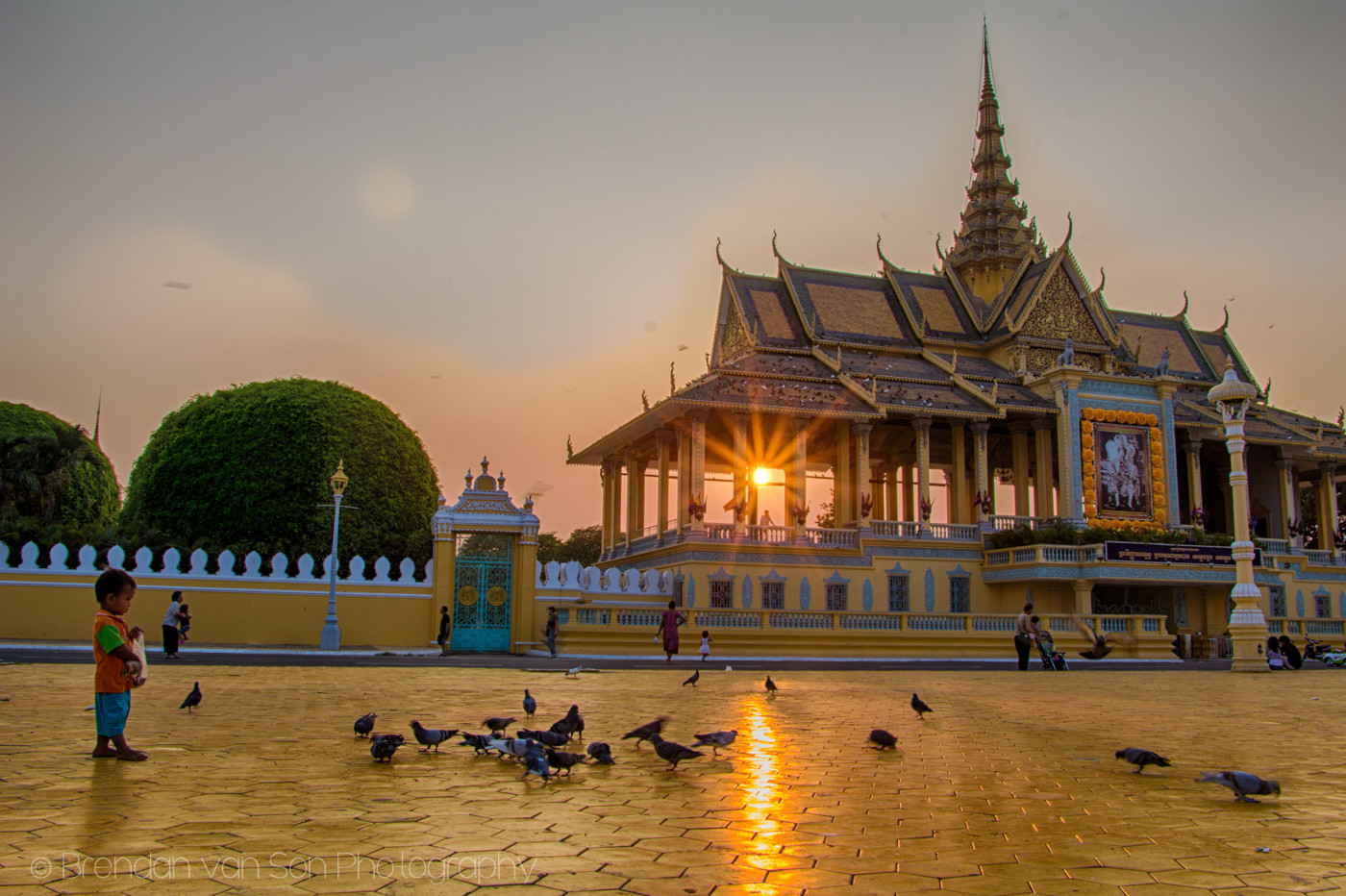
Phnom Penh, like other Asian-city tourist destinations, is in the midst of rapid change. She has grown to become the nation's center of economic and industrial activities, as well as the center of security, politics, cultural heritage, and diplomacy of Cambodia. Founded in 1434, the city is noted for its beautiful and historical architecture and attractions. There is a number of surviving French colonial buildings scattered along the grand boulevards. The city is the wealthiest and most populous city in Cambodia and is the country's political hub. Once known as the "Pearl of Asia", it was considered one of the loveliest French-built cities in Indochina in the 1920s (source: wikipedia). Phnom Penh, along with Siem Reap and Sihanoukville, are significant global and domestic tourist destinations for Cambodia. There has been a huge increase in the number of visitors after she is a member of Association of Southeast Asian Nations (ASEAN). Travel within the country is easier with road conditions gradually improving, several airlines flying domestic routes, and regular bus service to major cities. Cambodian people are friendly and helpful to foreigners the in case tourists need their help.
More of young Cambodian can speak English, Korean and Chinese, and some can speak French.
What is the student lifestyle like in Phnom Penh?
All university in Cambodia requires students to wear uniform and respect the university regulation. Students have to attend class regularly because their attendance is compulsory. Classes are lecture oriented and student-centered. Some Cambodia students are shy but very warm and very respectful to their professors. More of them do not dare to challenge their teachers. Some students own modern materials and few female students wear makeup because the society is conservative and centered around the family. Some from provinces still follow a traditional lifestyle in the countryside and some of them find a part time job or apply for a volunteering work to gain working experience or to get some money to support their living or school fee. Cambodia students, especially women rarely drink beer or have the party at the club or bar, but after class they have a snack or go to eat something in the school campus. Most of Cambodian students go to school by their own motorbike and bike and few by car. Universities also require students to do the internship in both public and private institutes.
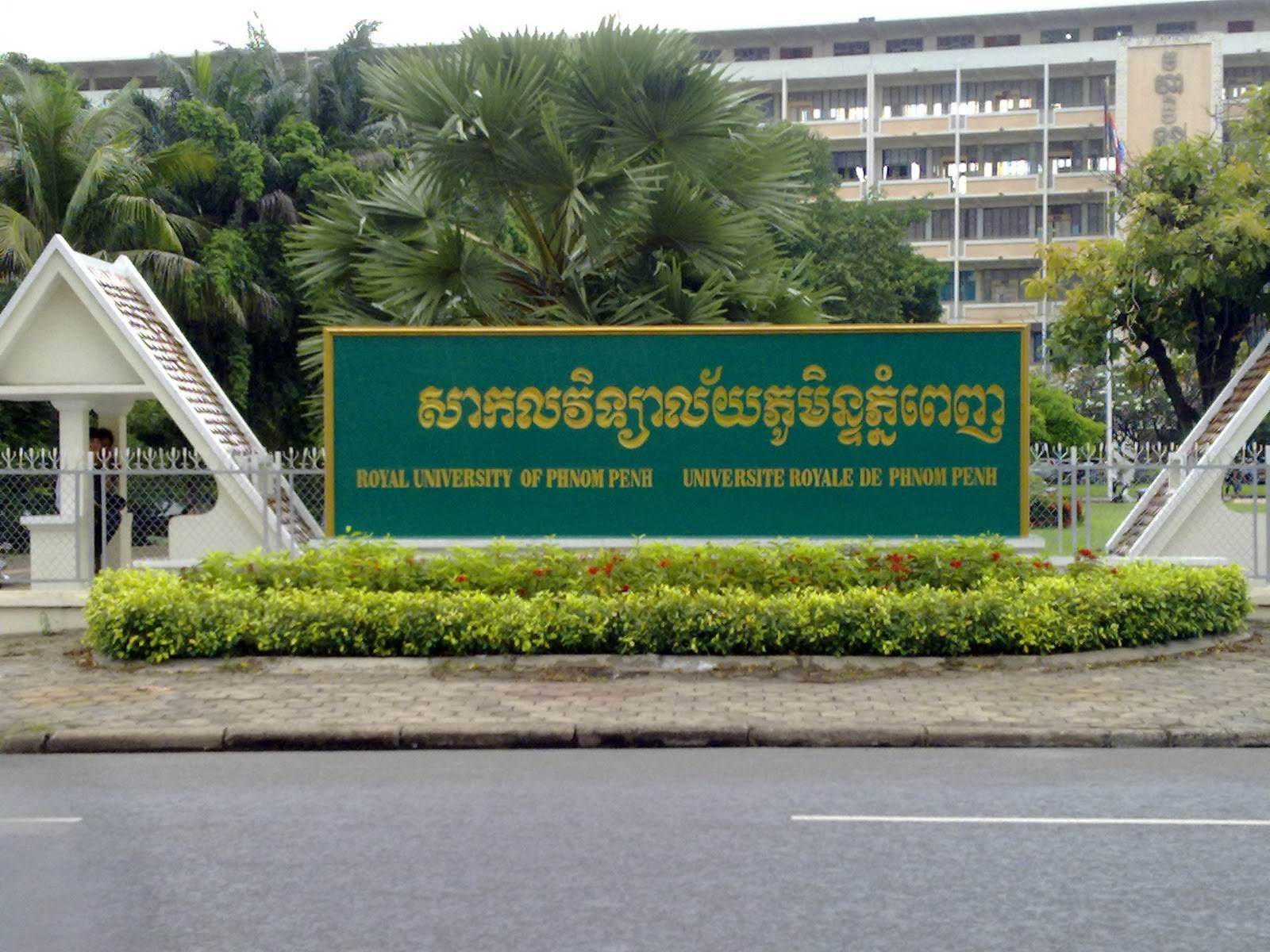
How much does it cost to live in Phnom Penh?
The cost of living in Phnom Penh is low based on a comparison of locally collected prices for defined qualities of the same goods and services, converted to USD. Overall, 200. 00 dollars is enough for the living expense.
- Food: Food is very cheap in Cambodia. Local street vendors will cost you about $1-2 USD per meal and basic restaurant meals will cost between $3-5 USD per meal. Western meals at nice restaurants go between $5-10 USD. You can get some really world class food in Phnom Penh these days and dishes start at around $8-10 USD. Fruit from the market will cost less than $1 USD.
- Transportation: Local city transportation is cheap, costing only a few dollars. You can get a bus anywhere in the country for under $10 USD and renting a driver for the day will set you back between $15-20 USD.
- Activities: Tours activities are between $10-20 USD depending on the length and popularity of the activity.
Here is the link of the living expense in the detail:
Is it difficult to find accommodation in Phnom Penh? Is there any advice you can give?
It is not difficult at all to find accommodation in Phnom Penh. There are many luxury hotels, guest house and rent rooms. Its convenience and safety is based on the price of room and location (city centre). Most guesthouses have dorm beds for between 2-4 USD per night. Private rooms range from 6-10 USD per night. You can get comfortable hotels for $15 – 20 dollars with air con, TV, and other amenities and 20 USD per night for luxury in this country.
Finding a place to stay anywhere can be a time consuming. So you have to identify what you need. Here is my advice to find the accommodation in Cambodia:
- Location: whether you want to stay silent place, city centre or near tourism sites. You can use this website to find the accommodation:
- Budget: How much you can afford.
- Ask travel agent or credible people. There are many real estate agents in Phnom Penh and they can help you to find one you like.
- Ask people around or one who used to visit Cambodia. They can share you about the accommodation and trip advisors.
What is the food like? What are your favourite dishes?
Khmer food is less spicy than those found in Southeast Asia. Khmer food has variety of stir-fried vegetables. Cambodia makes fish the most important protein in Khmer food. Cambodian people always use Prahok( Khmer Cheese)- a salty, pungent paste made from fermented fish as their base ingredient. Prahok is sometimes served in banana leaves and eaten with fresh vegetables. Even meats and vegetarian dishes are frequently given a fishy flavor by adding generous. Cambodia use some other ingredients to make food such as Kroueng - a combination of chili, native, and imported spices - is prepared ahead of time as a paste and added to Cambodian dishes for an instant zing.
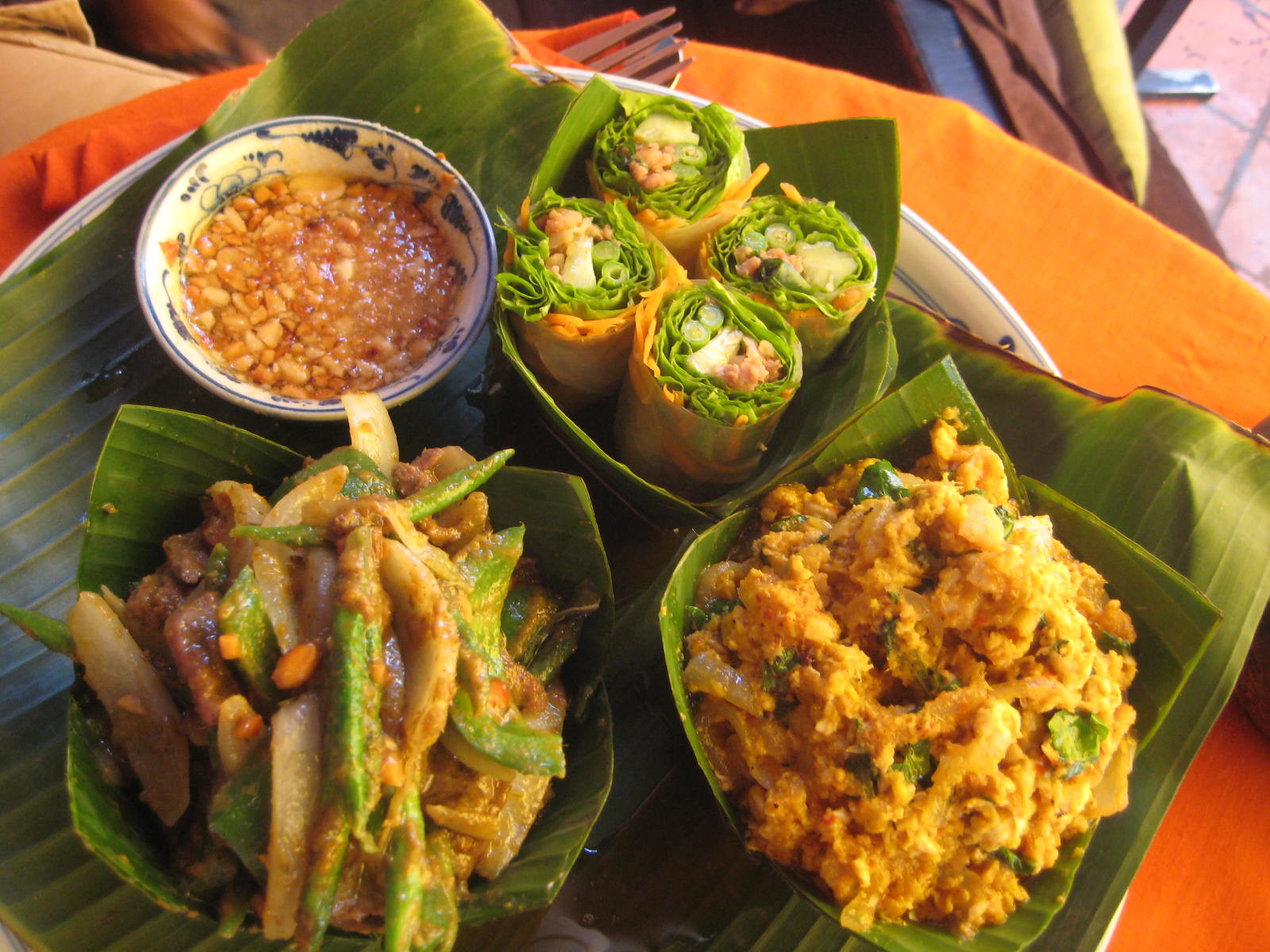
My favorite dishes:
- Khmer Noodle (Nom banh chok) is a typical breakfast food, and you'll find it sold in the mornings by women carrying it on baskets hanging from a pole balanced on their shoulders. The dish consists of noodles laboriously pounded out of rice, topped with a fish-based green curry gravy made from lemongrass, turmeric root and kefir lime. Fresh mint leaves, bean sprouts, green beans, banana flower, cucumbers and other greens are heaped on top.
- Amok: is a curry commonly made from fish (trey), but varieties can be found with chicken (moan), and other meats. The meat is cooked in banana leaves, sweetened with coconut milk, and seasoned with kroueng spices. Amok is usually served with rice.
- Samlor Machu Trey: Sweet and sour fish soup is commonly eaten as a main or used as a starter for bigger meals. Pineapple adds the sweetness; chili garlic, and lemongrass give the soup a nice kick.
- Khmer Dessert: Dessert in Cambodia is commonly simple fare such as sticky rice or just fresh fruit. Mango, coconut milk, banana, and other ingredients are sometimes used to make puddings, tarts, or sticky rice - the sweeter the better. As with the rest of Southeast Asia, the Duran fruit still reigns king!
What places would you recommend visiting in Phnom Penh?
- Royal Palace - built in the 19th Century, goes by the full name of Preah Barum Reachea Vaeng Chaktomuk in Khmer. The ground consists of some very interesting architecture and of the unique and world famed Silver Pagoda. The Silver Pagoda got it's name from the 5000 Silver tiles laid on the ground. A few of the other structures within the grounds are the Khemarain Palace, Chan Chhaya Pavilian, the Theatre, Royal Dining Hall and a French styled building given as a gift by Napoleon III.
- National Museum - located near the Royal Palace, the National Museum is currently housing the most Khmer/Angkor artefacts. It houses all styles of Khmer art from the Funan period through to Contemporary.
- Tuol Sleng Museum - Tuol Sleng Museum was a former High School in Phnom Penh, until it was transformed into a Torture Prison during the Communist years of the Khmer Rouge. During the Khmer Rouge 17, 000 people were imprisoned and only 7 survived. Men, woman and even children were imprisoned, tortured, starved and then killed once they told the prison guards what they wanted to hear, even if they had to make up the stories so they would stop torturing them. Once they told their stories they were then loaded onto trucks like cattle and taken to the infamous Killing Fields on the outskirts of town and were systematically killed with a bludgeon blow to the back of the head.
- Wat Phnom - Located at the very centre of town, this little temple and stupa was originally built in 1373. The birth of Phnom Penh began here. According to legend, a old lady, Daun Penh, saw some Buddha statues floating along the river, she then fished them out and asked some of the locals to help build a hill and temple to house the statues in. That's also how Phnom Penh got her name, as the Khmers consider Daun Penh to be the founder of Phnom Penh City.
- Independence Monument, or Vimean Ekareach – as it is referred to in Khmer, is a majestic structure that dominates Phnom Penh city centre. Independence Monument was primarily erected to mark the liberation of the country from the French who ruled Cambodia for almost a century from 1863 to 1953.
-
Killing Fields of Choeung Ek
- Rising above the 129 mass graves in the Killing Fields is a blinding white stupa (religious monument, often containing Buddha relics) that serves as a memorial to the approximately 17, 000 men, women and children who were executed here by the Khmer Rouge between mid-1975 and December 1978. Encased inside the stupa are almost 9000 human skulls found during excavations here in 1980. Many of these skulls still bear witness to the fact that they were bludgeoned to death for the sake of saving precious bullets. -
Documentation Center of Cambodia - Behind many of the displays at Tuol Sleng is the Documentation Center of Cambodia. DC-Cam was established in 1995 through Yale University’s Cambodian Genocide Program to research and document the crimes of the Khmer Rouge. It became an independent organisation in 1997 and researchers have spent years translating confessions and paperwork from Tuol Sleng, mapping mass graves, and preserving evidence of Khmer Rouge crimes.
- National Library - The National Library is in a graceful old building constructed in 1924, near Wat Phnom. During its rule, the Khmer Rouge turned the building into a stable and destroyed most of the books. Many were thrown out into the streets, where they were picked up by people, some of whom donated them back to the library after 1979; others used them as food wrappings.
- Wat Ounalom - This is the headquarters of the Cambodian Buddhist patriarchate, founded in 1443, comprising 44 structures. The head of the country's Buddhist brotherhood lives here as do some monks. See the statue of Samdech Huot Tat, fourth patriarch of Cambodian Buddhism, who was killed by Pol Pot. Behind the main building is a stupa containing an eyebrow hair of Buddha.
- Russian Market - Or also known as Psar Tuol Tompoung, is where you can find many bargains. This local market sells everything from souvenirs to food, clothes and even electronics and jewelry. Local handicrafts, small and large can be bargained down to next to nothing, if you bargain with a smile and with an easy and friendly joking attitude.
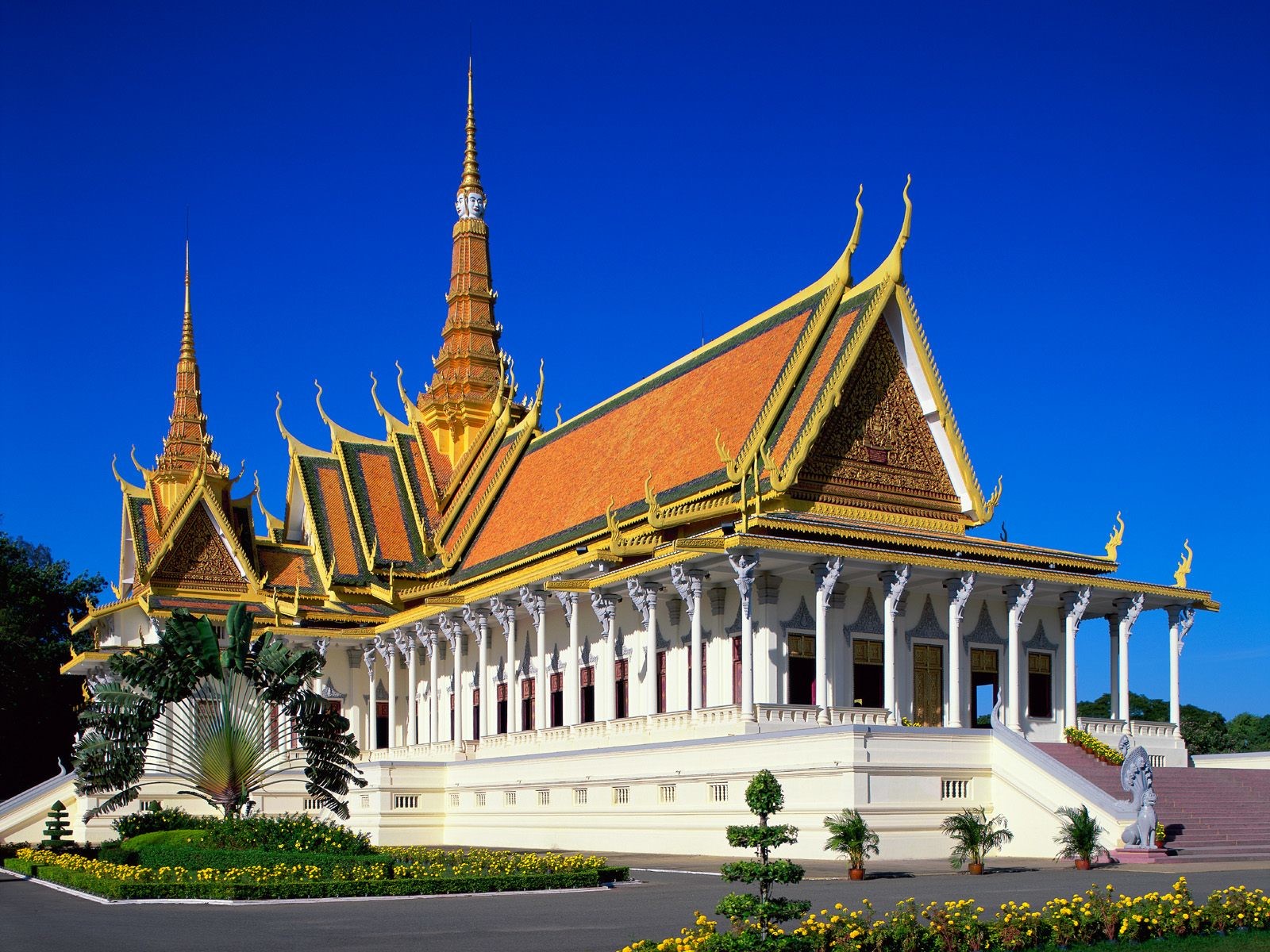

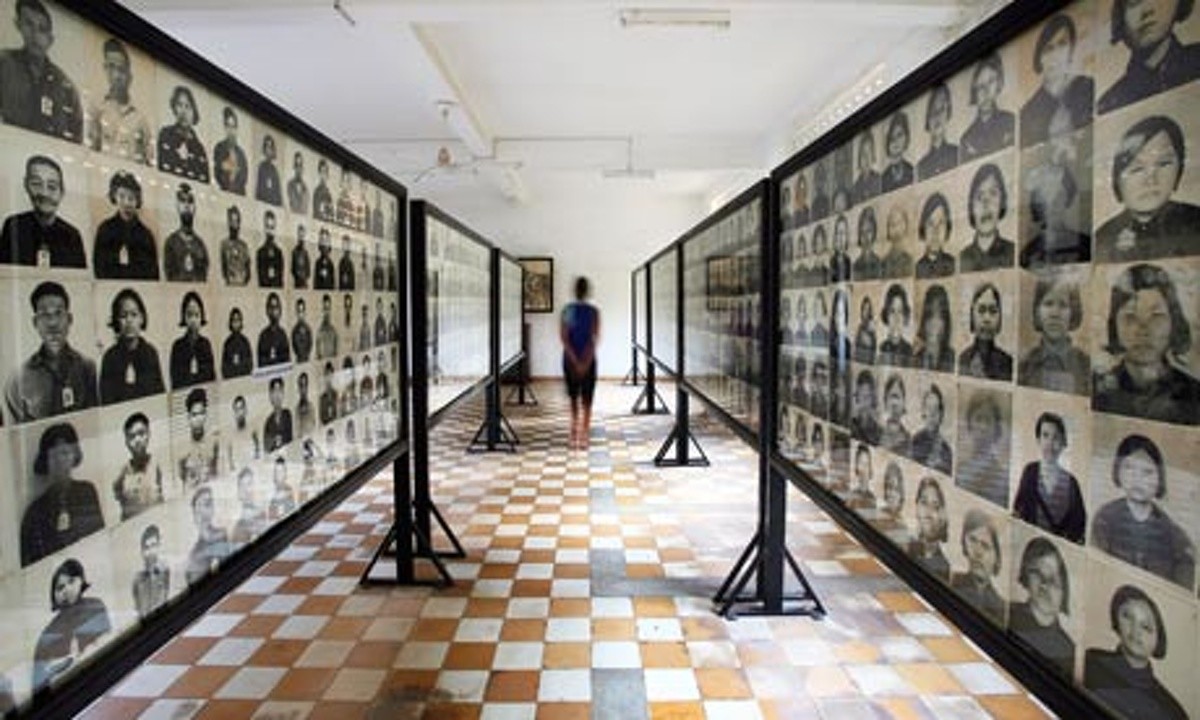
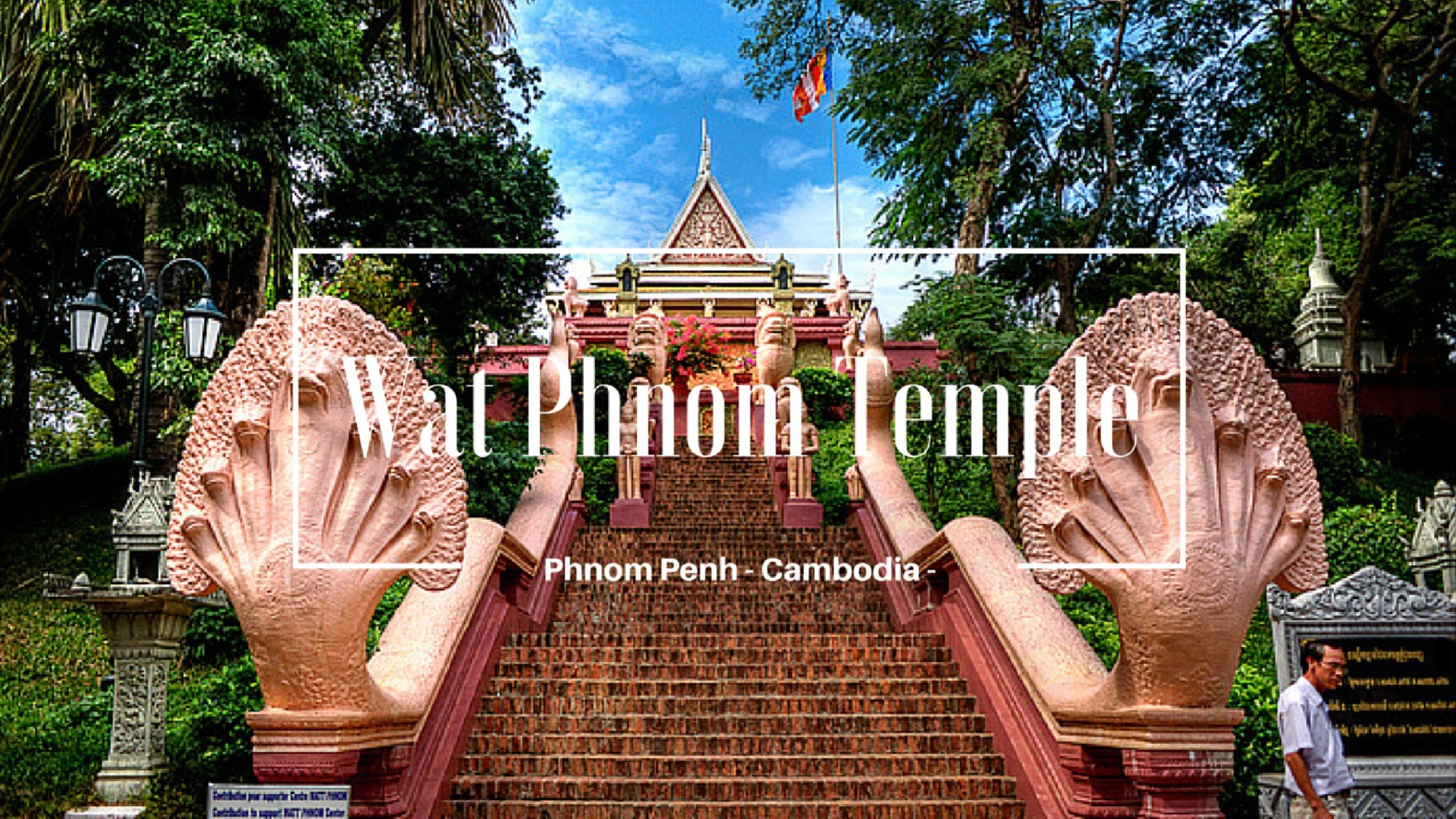
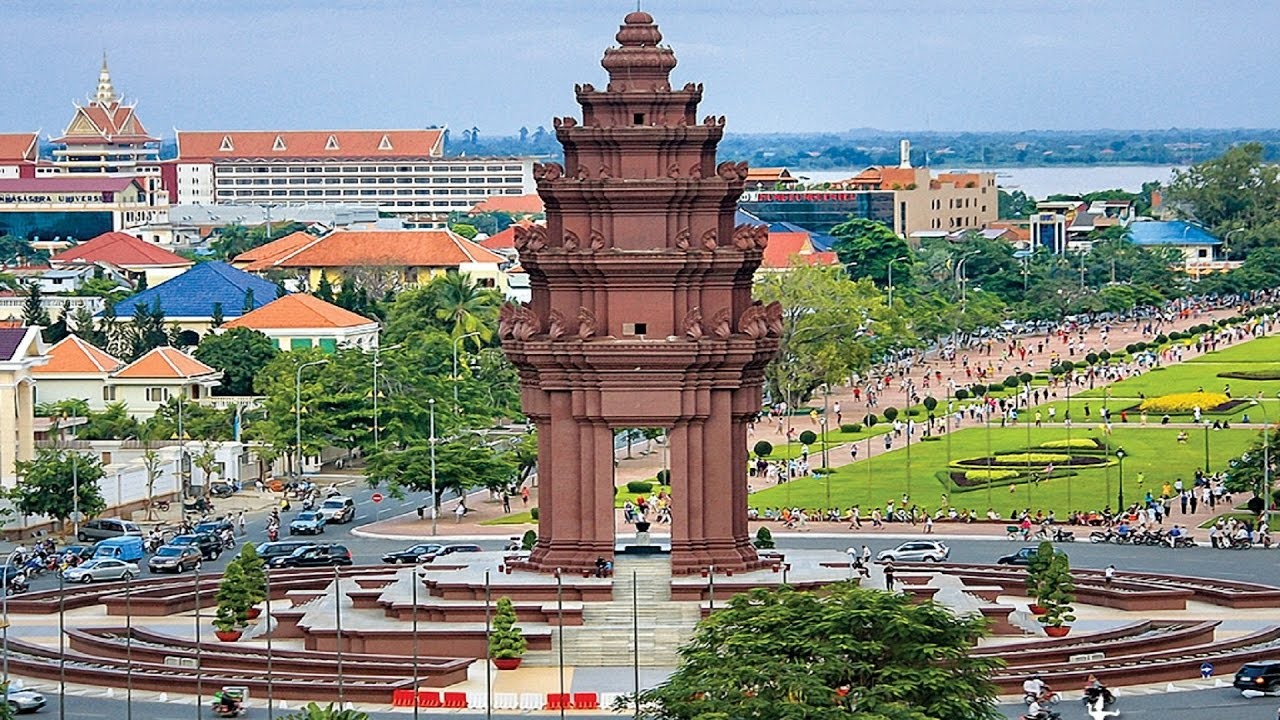
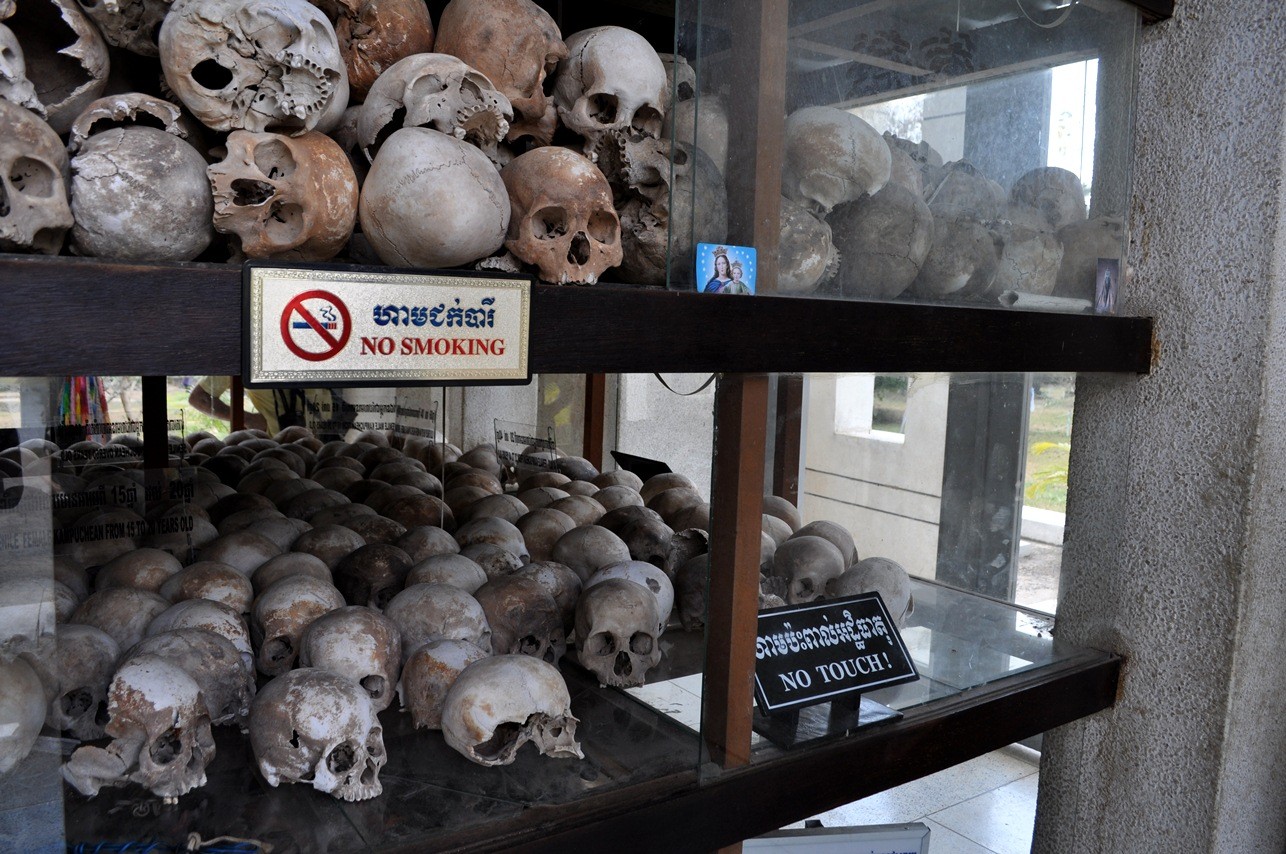

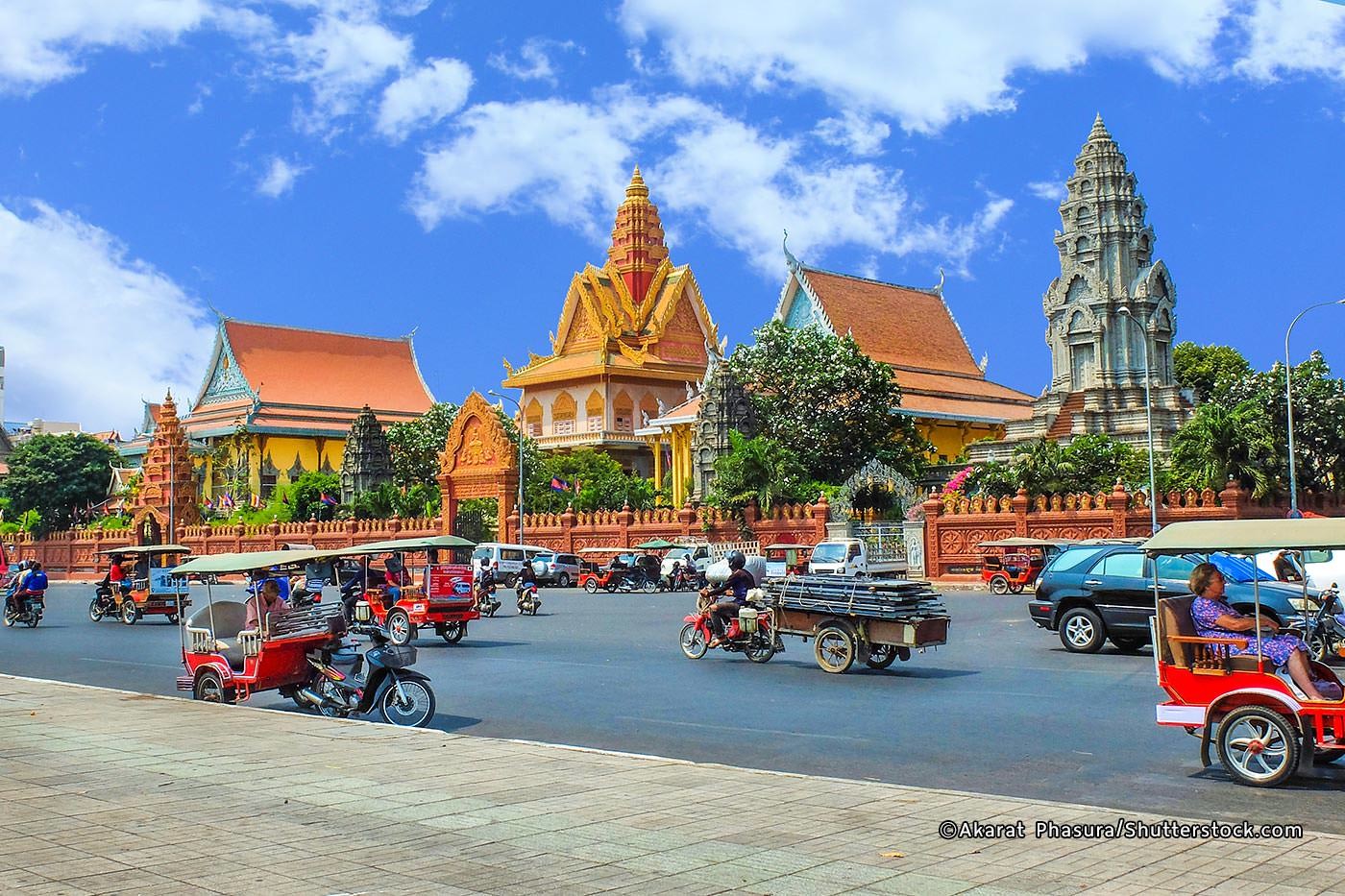
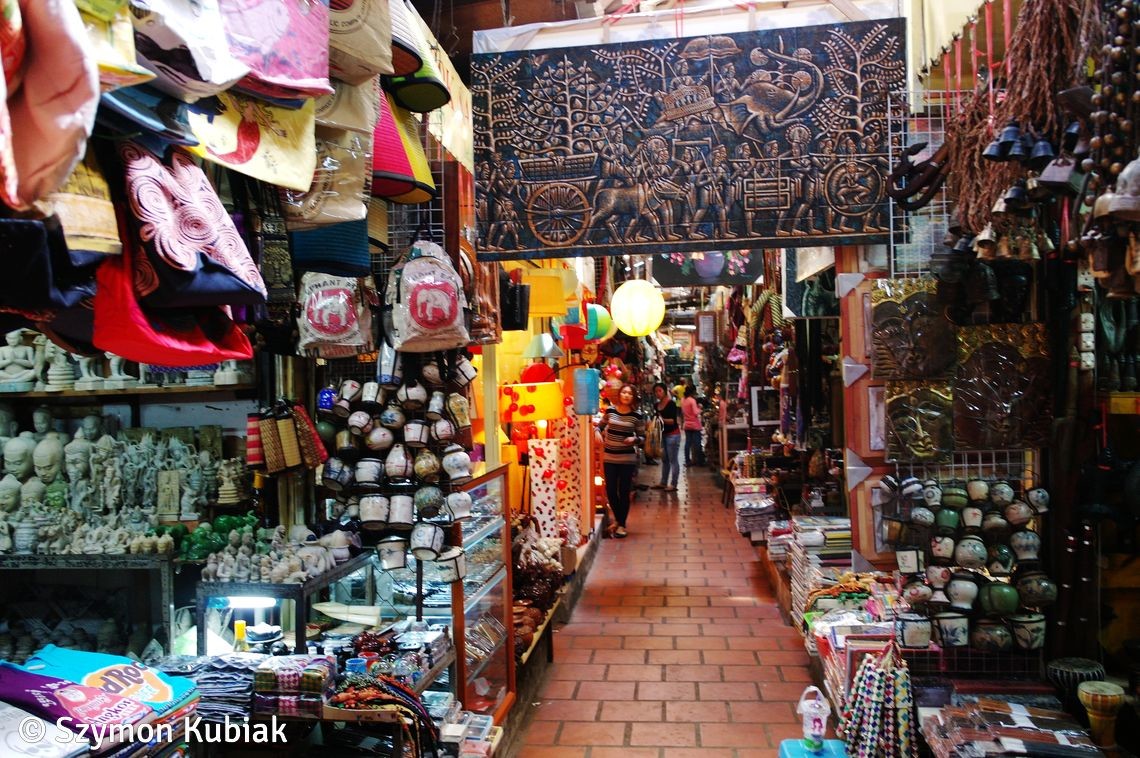
Is it good to eat out in Phnom Penh? Can you tell us your favourite spots?
Yes, it is really great to eat out in Phnom Penh because you find varieties foods and your favorite dishes.
Here are my spots:
1. Le President Restaurant;
2. Eclipse Sky Bar;
3. The Terrace Café;
4. World Sea Food Restaurant;
5. Master Soup Ki Soup;
6. Tonle Bassac Restaurant;
7. D'Green Restaurant,
8. Romdeng Restaurant;
9. Friends Restaurant;
10. Street food along Tonle Sap River.
Is the nightlife good in Phnom Penh? Where is good to go?
Yes, there is nightlife good, attracted and excited in Phnom Penh.
Places good to go:
1. Night Market;
2. Bars and coffee shop a long river side (Tonle Sap);
3. Kolab Sor Sky Bar;
4. Foreign Correspondents’ Club (FCC) - Phnom Penh;
5. Mekong View Tower.
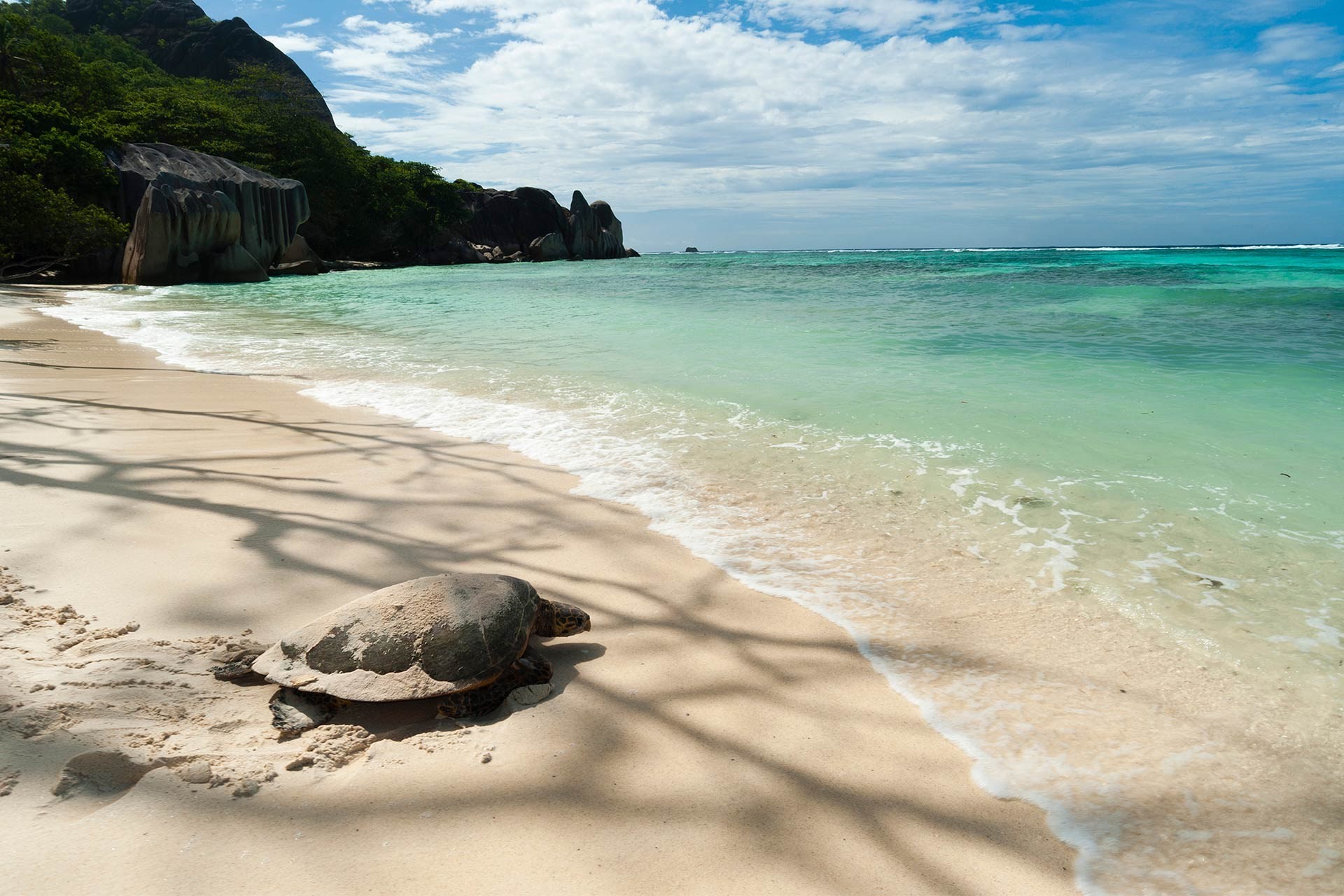
What advice would you give future students heading to Phnom Penh?
Weather: November to February is the cool seasons, which is dry and not too hot. In April it gets really hot, but not rainy. Starting around June it gets rainy. So please take some medicine for cold, fever and cough and cloth which is suitable to the weather. Sandals (not leather) are good for rainy season in the city.
Culture: Cambodia people greet each other by putting their hand together. Kissing are not practiced in Cambodia for normal people. People have to take off their shoes and hat when coming in to people’s house or pagoda.
Behavior: Always act respectful, do not raise your voice or your eyebrow and do too much gesture.
Money: Cash is the best. Only Reil and Dollars currency are accepted in Cambodia. You can get some Riel as change when you spend dollars. For security, do not bring too much money with you. Just make sure you have enough money in your visa card and you can withdraw it at Cambodia Commercial Bank and other banks. Credit cards are used in some places in Phnom Penh.
Security: do not show off your money in front of the public. Put your purse carefully. Lock your door whenever you go outside. Ask for the contact of the police station and hospital or police immigration.
Visa: is available on arrival at the Phnom Penh Airport. Please bring two small photos. It is 20 dollars for a one-month tourist visa or 25 dollars for one month working visa. Working Visa can be renewed without leaving the country, so if you might stay more than a month, choose that one. Keep in mind that if you overstay your visa, you will be charged $30 plus $5 for each day you overstayed. You pay when you leave If you are entering Cambodia at the airport, there is no need to get one beforehand. If you are entering by land, you must get your visa before you get there.
Preparation: You have to buy Map and then write your address in Cambodia because some Cambodia people cannot speak English or French. Just give the address to the Taxi driver and he will take you to your accommodation. Bring some food with you in the case you arrive at night, you can have it as your dinner.
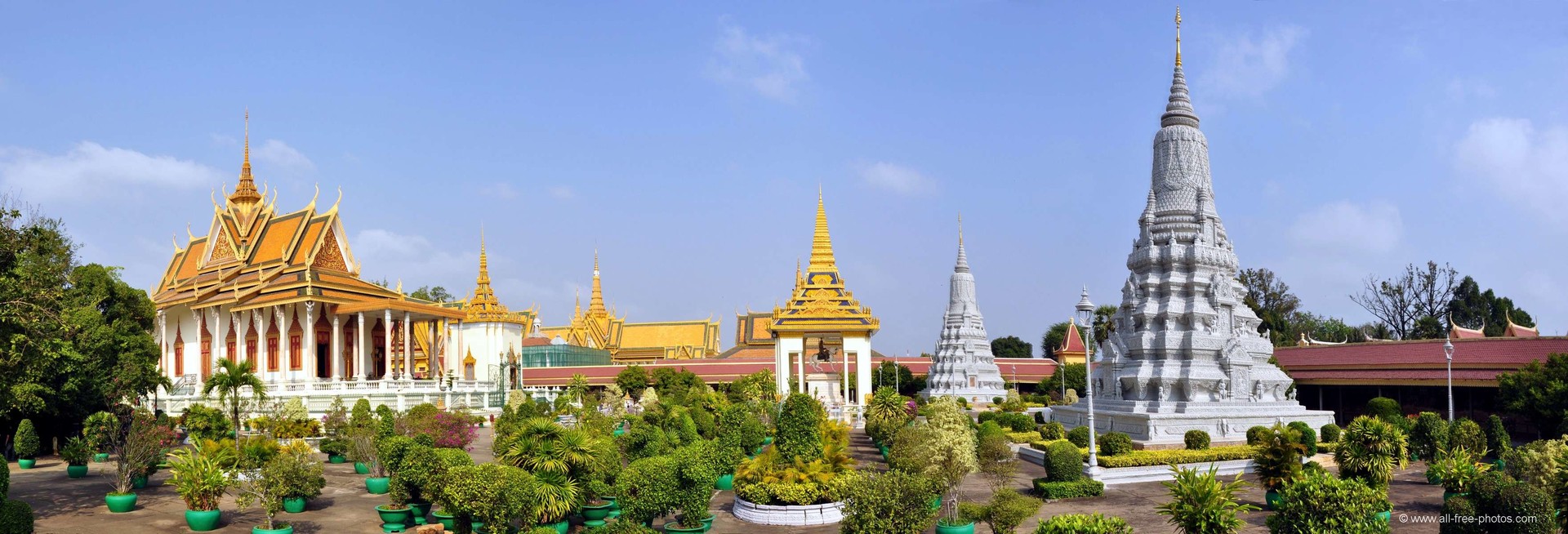
Photo gallery
Content available in other languages
Share your Erasmus Experience in Phnom Penh!
If you know Phnom Penh as native, traveler or as exchange student... share your opinion on Phnom Penh! Rate different characteristics and share your experience.
Add experience →






























Comments (0 comments)